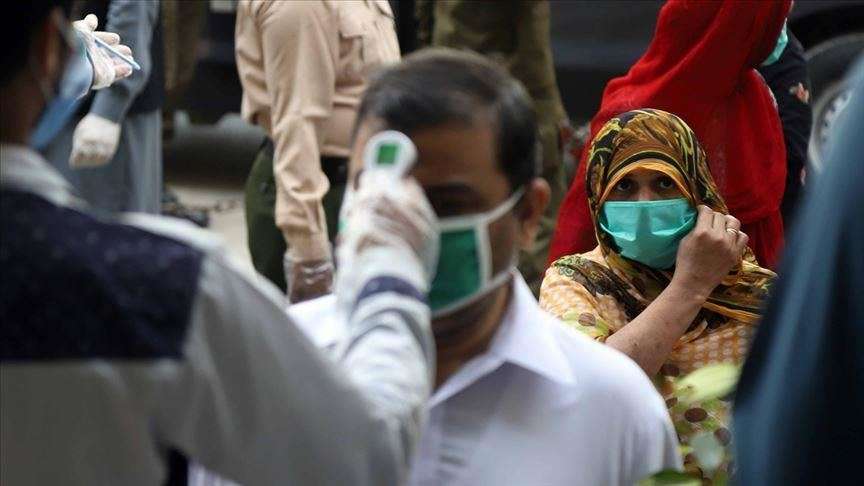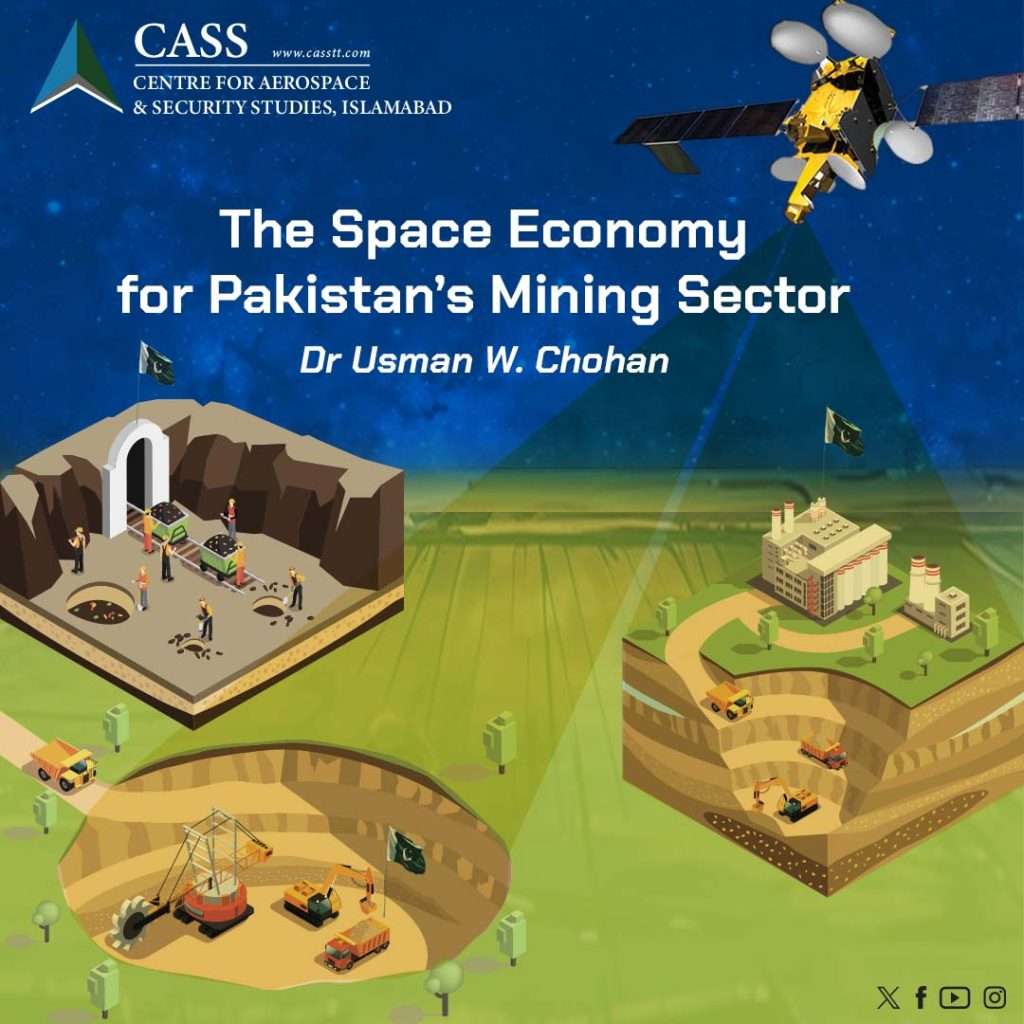The second wave of COVID-19 has once again disrupted the daily lives of Pakistanis and has brought uncertainty regarding how long the situation will last. The first COVID-19 case in Pakistan was reported on 26 February 2020, after which the number of cases started increasing gradually. In the month of June, major cites reported that hospitals were lacking the capacity to cater to all the patients due to the surge in the number of positive cases. However, within a few weeks, the figures started declining and, to a certain extent, life was returning to normal as offices, educational institutions, industries, and restaurants started reopening phase-wise.
Despite the fact that around 6000 people have lost the fight against this pandemic till September, Pakistan has performed a lot better than the Western countries where both the positivity rate and death rate have been visibly higher. The reasons for Pakistan’s early success against the first wave include:
- Immediate lockdown in March followed by “smart lockdowns” – certain areas where the virus breakout was localized were sealed off. This helped in curtailing the spread of the virus.
- National Disaster Management Authority (NDMA) was able to expedite the process of providing medical supplies/PPEs to hospitals in all the provinces.
- International flights were suspended and the eastern and western borders were sealed.
These policies had empirical impact with the number of the cases dropping to below 500 per day, and death rate came down to single figures in late-August. The steps taken by the Pakistani government were rational meant not only to control the number of cases, but also take into consideration daily wage earners.
As the winter set in, there was a fresh spike in the number of positive cases across the world. The countries that were successful in flattening the curve were struck by a second wave. Similarly, in Pakistan the cases also began to rise in thousands after 29 October.
By mid-November, the strength of patients on ventilators spiked to 200% in Peshawar, 200% in Multan, 148% in Karachi, 114% in Lahore and 65% in Islamabad. Furthermore, by the end of November, 6% of the individuals undergoing tests were reported positive which was indeed concerning. In the second week of December, the death toll per day once again crossed 100 which has put considerable burden on the healthcare facilities. In addition, the second wave has also penetrated into the rural areas which were previously unaffected during the first wave. This is especially worrying since SOPs are extremely difficult to implement in such areas. The recent surge is the result of a number of reasons.
Firstly, it should be kept in mind, that in mid-September educational institutions and wedding halls were allowed to re-open under so-called strict SOPs. Unfortunately, it was widely observed that neither the wedding halls nor the educational institutions were complying fully with the given SOPs. Consequently, the number of new cases increased significantly. In fact. even though indoor functions are banned for the time given the recent surge, people are still hosting large private events at home.
Secondly, once the lockdown restrictions were relaxed, people became less apprehensive especially since the first wave had not led to a high mortality rate. Hence, this lack of fear led to both the policymakers and the public adhere to SOPs even less than before. In fact, during this time, instead of setting a good example, many public officials also held large meetings, events and gatherings in full view of the media without wearing masks or social distancing. Many of the same are now COVID positive, a few have even lost the battle against the disease. Thirdly, the rallies organized by different political parties have also played a major role in the spread of the virus. In the last two months, a number of anti-government rallies were organized by the opposition parties in various cities. Consequently, people gathered in large numbers making it impossible to maintain social distancing.
In winters, large gatherings considerably expedite the process of virus transmission – not only the coronavirus, but also other seasonal viruses. Consequently, if individuals already infected with some sort of seasonal flu get the coronavirus, the chances of surviving becomes less likely for the elderly, and the in the younger population the symptoms become considerably more aggravated and prolonged. This is the reason why the second wave has become more lethal than the previous one.
Healthcare workers have demanded that another lockdown is the only solution to control the second wave. However, imposing another lockdown will have devastating impacts on the economy of Pakistan. The government has once again been forced to shut down all educational institutions till 11 January to curb further spread. Moreover, different private and public places are directed to regulate their timings and reduce the strength of employees. Markets are once again directed to close early. The policy of identifying hotspots and imposing micro-lockdowns is also in full swing. Likewise, flights from the UK have been suspended over concerns of a new more contagious variant of the virus.
However, all the efforts of the government will not bear any fruit until the general masses (as well as government offices and officials themselves) do not follow the SOPs. Families wanting to take winter vacations in tourist places and en masse Christmas celebrations could prove to be fatal. We should all err on the side of caution.
It is hoped that Pakistan will start the process of vaccination by March or April 2021, yet it is imperative that this second wave comes under control before that period. Simple and easy measures – wearing masks, avoiding unnecessary gatherings, keeping our social bubbles as small as possible and social distancing are the only solutions to protect ourselves, our loved ones and our country. The solutions lie in our own behavior and in our own hands.
Shaza Arif is a researcher at CASS. The article was first published in The Pakistan Today. She can be reached at cass.thinkers@gmail.ccom





